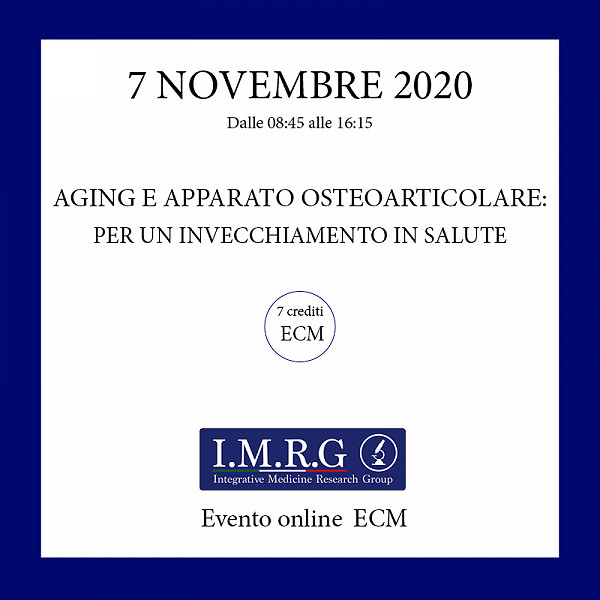Attività fisica nel paziente con tumore al seno, quali benefici?
L'incidenza del tumore al seno (BC) è in costante crescita e genera preoccupazione per la salute pubblica.
Adapted physical activity for breast cancer patients: shared considerations with two Olympic and world Italian sports champions
M. BERRETTA1,2, B.A. FACCHINI3, D. GAROZZO4, V. NECCI5, R. TAIBI6, C. TORRISI7, G. FICARRA7, A. BITTO1
L'incidenza del tumore al seno (BC) è in costante crescita e genera preoccupazione per la salute pubblica. Grazie ai recenti progressi con i trattamenti farmacologici e la prevenzione che viene effettuata, il tasso di sopravvivenza dei pazienti con BC è notevolmente migliorato (88% della sopravvivenza a 5 anni). Nonostante queste brillanti risultati, molti pazienti con BC hanno effetti collaterali a lungo termine come dolore, edema, mobilità ridotta, affaticamento, postura alterata ecc. come conseguenza di un intervento chirurgico, di trattamenti radioterapici e altre cure mediche. Tutti questi aspetti incidono negativamente sulla salute e sulla qualità della vita (QoL) dei pazienti con BC. Sette recenti studi clinici randomizzati hanno mostrato che un'attività fisica regolare e adeguata durante e dopo il trattamento in pazienti con BC, risulta benefica per la salute, per la riduzione della fatica, aumenta i livelli di forza fisica, la QoL e le funzioni fisiche. In questo contesto, due tipi di sport hanno dimostrato una notevole efficacia: scherma e canottaggio. In questo lavoro vengono riportate le esperienze di due campioni dello sport, medaglia d'oro olimpica di scherma Daniele Garozzo e il Campione del Mondo di canottaggio Giovanni Ficarra, con l'obiettivo di trovare il livello di attività fisica adeguato per i pazienti con BC.
Abstract. Breast cancer is a growing global public health concern. Thanks to the recent treatments progress, the survival rate of BC patients has significantly improved (88% of 5-year survival rate) and the number of cancer survivors has also increased. Notwithstanding these brilliant results, many BC patients have long-term side effects as pain, oedema, limited mobility, cancer related fatigue, etc. as a consequence of surgical, radiotherapy and medical treatments. For example, posture appears to be frequently altered after mastectomy, due to the impairment of the mobility of the arm caused by surgical scars. All these aspects negatively affect the health-related Quality of Life (QoL) of BC patients. Recent several randomized clinical trials have shown benefits of regular and appropriate physical activity (PA) during and after BC treatment, particularly in terms of benefits for health, reducing fatigue, improving strength levels, QoL and physical function. In this context, two types of sports have demonstrated their affinity and efficacy as treatment support during and after treatments for BC patients: fencing and rowing. Here we report considerations shared with two sport champions: the fencing Olympic gold medal Daniele Garozzo and the rowing World Champion Giovanni Ficarra, with the aim to find the adapted PA for BC patients.






